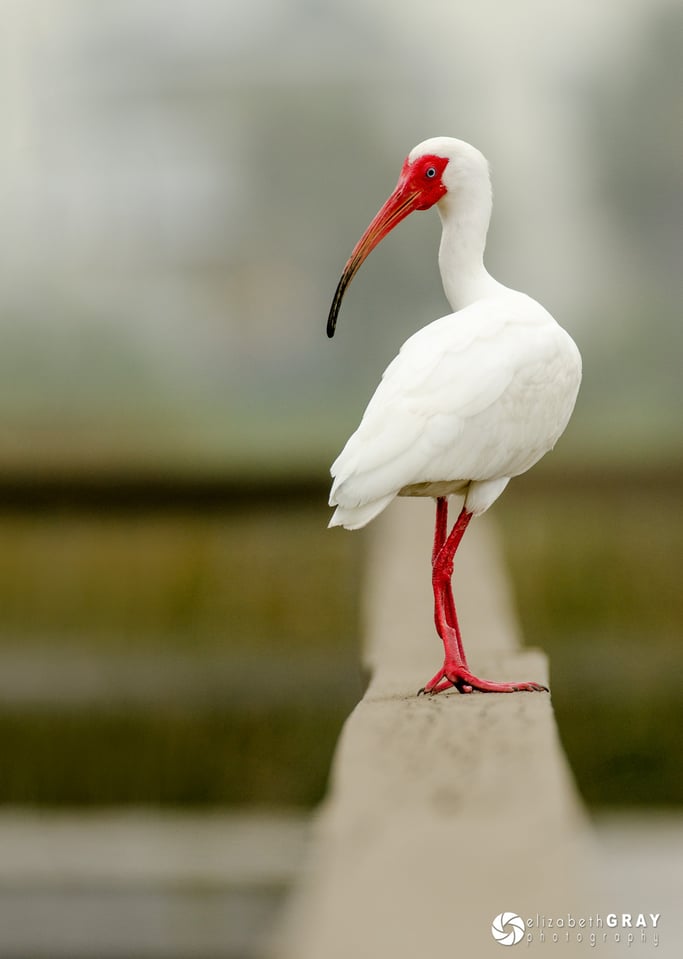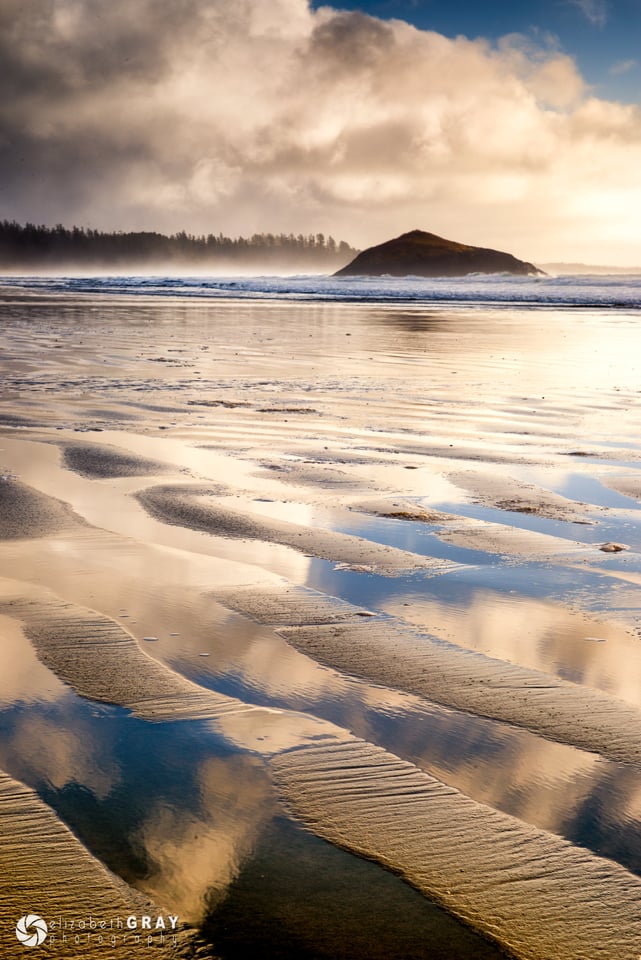اختيار التعرض الإبداعي – دليل المبتدئين
Choosing a Creative Exposure – A Beginner’s Guide
هناك العديد من مجموعات الفتحة وسرعة الغالق وISO التي ستعرض الصورة بشكل صحيح. مع كل هذه التركيبات، أي منها هو الصحيح؟ إذا تركت الكاميرا في وضع البرنامج الكامل، فستختار الكاميرا مجموعة لك. ومع ذلك، فإن السماح لكاميرتك بالتحكم الكامل ليس هو السبب وراء شراء كاميرا DSLR باهظة الثمن أو كاميرا بدون مرآة! إن تعلم كيفية ضبط الإعدادات والأوضاع على الكاميرا قبل النقر فوق الغالق سيمنحك اليد العليا. سينتهي بك الأمر إلى التقاط الصور بطريقة إبداعية، وليس عن طريق الصدفة. تابع القراءة لتعرف كيف تؤثر فتحة العدسة وسرعة الغالق وISO على شكل الصورة ومظهرها وكيفية اختيار أفضل إعدادات الكاميرا للتحكم الإبداعي في صورك.
There are many combinations of aperture, shutter speed, and ISO that will correctly expose an image. With all those combinations, which one is the right one? If you leave your camera in full program mode, your camera will pick a combination for you. However, letting your camera have complete control is not why you bought an expensive DSLR or mirrorless camera! Learning how to adjust the settings and modes on your camera before you click the shutter will give you the upper hand. You will end up capturing images creatively, rather than by chance. Read on to find out how aperture, shutter speed, and ISO affect the look and feel of a photograph and how to choose the best camera settings to take creative control of your images.
Choosing a Creative Exposure – A Beginner’s Guide
هناك العديد من مجموعات الفتحة وسرعة الغالق وISO التي ستعرض الصورة بشكل صحيح. مع كل هذه التركيبات، أي منها هو الصحيح؟ إذا تركت الكاميرا في وضع البرنامج الكامل، فستختار الكاميرا مجموعة لك. ومع ذلك، فإن السماح لكاميرتك بالتحكم الكامل ليس هو السبب وراء شراء كاميرا DSLR باهظة الثمن أو كاميرا بدون مرآة! إن تعلم كيفية ضبط الإعدادات والأوضاع على الكاميرا قبل النقر فوق الغالق سيمنحك اليد العليا. سينتهي بك الأمر إلى التقاط الصور بطريقة إبداعية، وليس عن طريق الصدفة. تابع القراءة لتعرف كيف تؤثر فتحة العدسة وسرعة الغالق وISO على شكل الصورة ومظهرها وكيفية اختيار أفضل إعدادات الكاميرا للتحكم الإبداعي في صورك.
There are many combinations of aperture, shutter speed, and ISO that will correctly expose an image. With all those combinations, which one is the right one? If you leave your camera in full program mode, your camera will pick a combination for you. However, letting your camera have complete control is not why you bought an expensive DSLR or mirrorless camera! Learning how to adjust the settings and modes on your camera before you click the shutter will give you the upper hand. You will end up capturing images creatively, rather than by chance. Read on to find out how aperture, shutter speed, and ISO affect the look and feel of a photograph and how to choose the best camera settings to take creative control of your images.




























تعليق